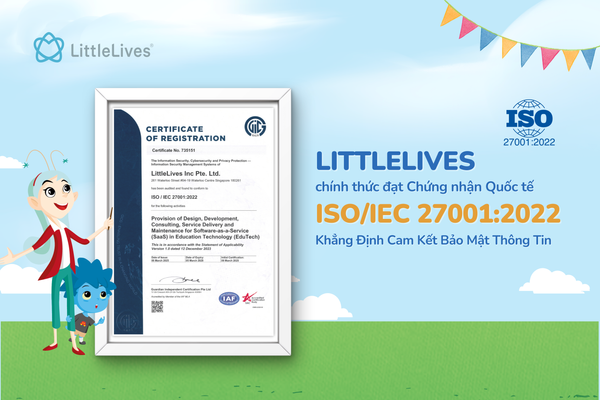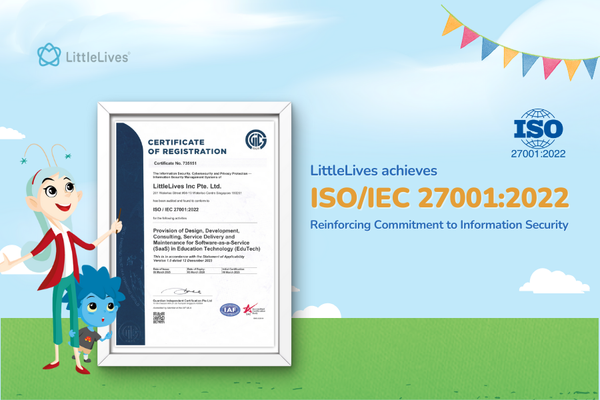How to find a sweet spot between regular and online schooling?

We were forced to change our studying routine and embrace digital learning due to the Covid-19 pandemic. Like many other learning methods, e-learning has both advantages and disadvantages, about which we will discuss later. In this article, we will concentrate on hybrid learning, which lets us get the best possible result and may meet everyone's needs.
What is online learning?
Online learning takes place over the Internet with special school management system software, which not only tracks students’ progress but also provides more convenience for fee collection, communication, etc.
Hybrid learning was an option long before the pandemic. Crafted to maxmize both in-person and distance learning benefits, hybrid learning still has its limitations. Much of these are connected with the availability of educational technology and reliable internet connections, and the lingering classroom management issues in the online environment.
In the hybrid model, teachers are often required to be more deliberate in their educational planning, even in the best circumstances. Educational tools must be easy to use, reliable, and up-to-date for this method to be successful.
So let's get down to the information below, which will allow you to discover the main features of the school management system used just by itself and combined with regular schooling.
How to use school management system in the hybrid classroom?

- You can control students' learning process
The school management system allows you to monitor and manage your students’ devices no matter where they are learning. In an online video meeting, you can control the video settings and prevent cheating. With the help of the school management system software, you can monitor your students' activity on their devices, whether they are in physical or virtual classrooms.
- Share information whenever and wherever you are
Another tangible advantage of school management software, is its student portal to keep your students updated. Classroom management software can simplify getting the content they really need. With our ERP software, you can share links to your students containing the material you want them to work on.
- Set limits for allowed and forbidden Internet resources
Whether your students use their computers at school or at home, ERP software lets you keep your students on the websites you want them on. Just apply the web filter feature in your classroom management tool to create a list of the websites you approve or disapprove of.
- Call to action and motivate
Not every student may see the importance of learning, and learning via the internet might make it easier for cheating and skipping classes. That is why you should find an individualized approach to help everyone work harder. With school management system software, you can send a quick message to students or multiple students at once. It doesn’t matter what learning environment they are in.
How to make the school management system more attractive for students?

Learning to use school management system may seem strange for younger students because of the lack of in-person socializing. In the absence of face-to-face contact and the social support students are used to having at school, teachers have to step up these efforts even further to support distance learning.
- Follow the same format for your lessons
Another way to promote structure is by conducting lessons in a consistent way. No matter what tool you’re using, whether it’s Zoom or Google Meet, start with setting your goal at the beginning of the lesson, then follow up with a check-in with everybody. It might feel dry, but students can do well with that routine.
- Allow time to socialize
Students may miss out on some social interactions they typically encounter while in class. In an elementary school setting, this is particularly vital to building that classroom community. Set aside time each day for students to go into breakout rooms or small groups, mixing in-person with remote students. Allowing 5-10 minutes of playful banter on a topic helps those learning remotely to feel more included in the classroom. In a secondary setting, when doing group work, try and mix some remote students with the in-person students to help foster collaboration.
- Focus on positive vibes and a fair future
Adults often make the mistake of getting kids into taking their education seriously by focusing on long-term consequences of disengagement. But as we’ve seen, this can cause students to avoid failure, sometimes to the point where they disengage as a means of protecting their self-image.
Instead, we recommend encouraging engagement by tying lessons to positive future outcomes. For example, if you’re working on a visual project, mention a few types of visually-driven careers students could consider. As students learn math problems, encourage them by saying they’ll now be better prepared for their SATs or college courses. Helping students link what they’re doing at the moment to a positive future outcome can be highly motivational and help fight disengagement.
- Assign group work
A significant challenge presented by hybrid classrooms is poor peer-to-peer communication, not only in-class but outside as well. It can result in isolation and loneliness. Not seeing friends and not making new ones removes an essential school experience essential for personal development.
Group work can help and, in part, alleviate such issues. Ideally, depending on the availability of devices, in-class students should be paired up with remote ones, thus breaking down the barrier between the two and making the hybrid classroom setup significantly more engaging.
In summary, we want to highlight that the software for schools is a great solution for teachers and students to make the studying process more affordable and flexible, meeting everyone’s needs.
FAQ
- What does hybrid learning mean?
Hybrid learning is an educational model where some students attend class personally while others join the class virtually. Educators teach remote and in-person students simultaneously using tools like video conferencing hardware and ERP software.
- How does distance learning work?
Distance learning is a type of learning when students studying online using school management systems. All the needed information shares online. Distance learning provides working and practicing from home. Many school districts and campuses are forced to create online-based learning opportunities with the school management system software to do it effectively.
- What is the difference between online and distance learning?
The physical presence of a tutor is the only difference between distance learning and offline learning(with using digital technologies). Students work online at home using the school management system software, while the teacher assigns work and checks in digitally.
- What are the benefits of hybrid learning?
Hybrid learning combines the advantages of regular and online schooling, being the best option for every student and teacher. With school management system software, you can improve the flexibility and customization of classes, the accessibility of education, and tools during courses.





